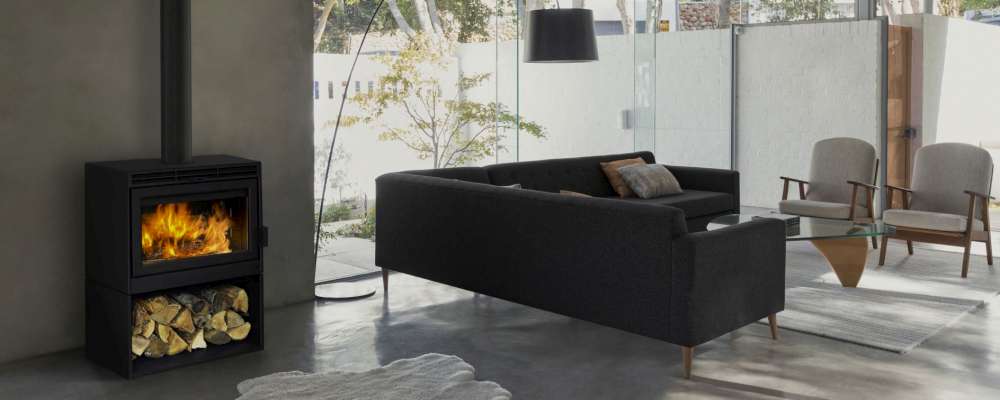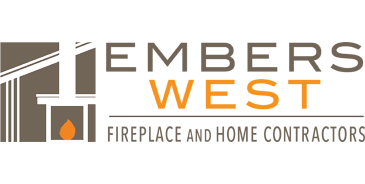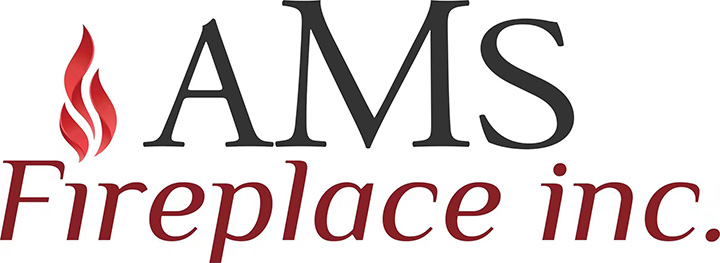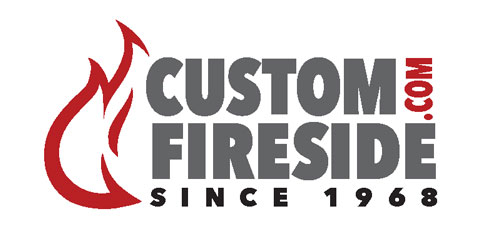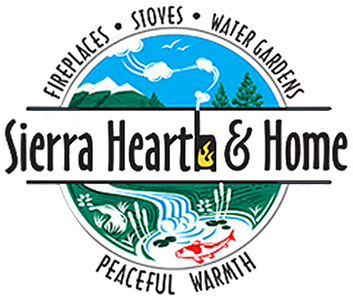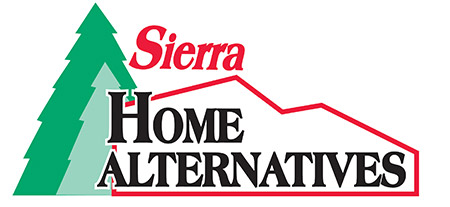Both fireplaces and stoves can give a house added value. Their heat is intense and comforting, and they help lower electricity bills during the winter.
Modern units are increasingly more secure and respectful of the environment. Despite this, some security measures must be taken when owning one of these units. When playing with fire, accident and fire risks remain present. Here is a list of key points you’ll want to review to avoid letting a fire develop and to protect your family.
Detectors
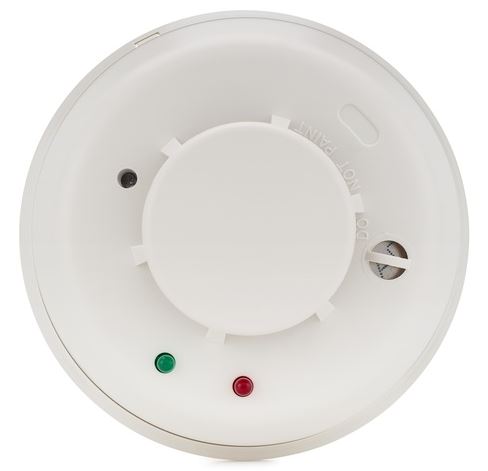 Every home must have smoke detectors, whether there is a fireplace in the house or not. If there is a stove or a fireplace, it is vital to have a carbon monoxide detector as well. Test them every month to ensure they are functioning correctly. Dust them while you’re at it. Change the batteries once a year, and change the detectors every ten years.
Every home must have smoke detectors, whether there is a fireplace in the house or not. If there is a stove or a fireplace, it is vital to have a carbon monoxide detector as well. Test them every month to ensure they are functioning correctly. Dust them while you’re at it. Change the batteries once a year, and change the detectors every ten years.
Install smoke detectors on every level of your house, especially outside of the bedrooms. Make sure you have one near the garage door if it is adjacent to the house. Carbon dioxide is an odourless and colourless gas that presents an ever-growing risk with modern homes becoming more and more airtight.
Chimney sweeping
Get your chimney cleaned every year. Wood combustion creates various substances such as gas, smoke, minerals, and others. While evacuating, these elements create condensation on the chimney’s lining, creating creosote. Creosote is a highly flammable product that can cause chimney fires, hence the importance of getting your chimney cleaned yearly.
Even if you don’t use wood as fuel, annual chimney sweeping is needed to remove any residue or any animal that might have infiltrated the chimney.
A chimney sweep inspects your chimney during the cleaning process, and also makes sure that your chimney cap is in good shape. It is crucial to get the suggested repair work done to ensure that your unit keeps working smoothly, that it evacuates smoke adequately, and that your family’s safety isn’t at risk. Not getting the work done in due time may result in additional costs if your chimney deteriorates in the meantime.
Outdoor cleaning
Every year, remove any debris from the roof of your house, especially around the chimney before using your fireplace. Cut branches from nearby trees if they’ve grown too close to the chimney. It will help avoid fire risks.
Inspecting and cleaning your unit
Each year, inspect your fireplace or stove to ensure your unit’s integrity. Make sure the key that controls airflow is working correctly and that there are no cracks or crumbling bricks and mortar.
If you’ve just purchased a house in which a fireplace or stove is already present, have a professional inspect it to ensure that it complies with the norms in your municipality and that it’s safe to use.
Clean the inside and outside of your heating unit yearly. Use a scrubbing brush to clean a brick fireplace and remove soot.
Ash
It is essential to remove ash generated by woodfire. Excessive ash build-up will make lighting a fire difficult. Leave about an inches-worth of ash in your unit when you clean it.
When you remove ash from your fireplace or stove, it is imperative to dispose of it safely to avoid any fire risk. Before removing the ashes, let them cool down completely. Never use water to put out a fire inside your fireplace or stove; this can damage your unit. If you must smother a fire, use sand. If you don’t have any sand, flour is a good substitute. After that, let the embers cool down for a few hours.
Use a metal shovel to remove ash and place it in a metal bucket, and pour water to saturate the ashes. Leave the bucket outside, far away from the house and any flammable object, for at least seven days. Once this period is over, you can safely throw the ashes into the compost bin.
Fire
Never use a flammable liquid to start a fire.
Use dry, hardwood. It releases fewer pollutants and emits less smoke than resinous softwood. Don’t burn treated, glued or painted wood, nor wet, mouldy or rotten wood. They all emit pollutants, which can be very harmful to health.
When you set up your fire, stack your logs towards the back of the stove or fireplace. This avoids logs falling forward and out of your heating unit, thus risking starting a fire.
Make sure you remove any flammable object from the fireplace or stove’s vicinity and keep a fire extinguisher handy.
Lastly, never leave a fire unattended.
Smoke
Certain groups of people are more sensitive than others to health risks caused by smoke. Pregnant women, babies and young children, older people, as well as people suffering from lung or heart conditions; all of them are at higher risk.
How can we reduce the amount of smoke inside the house?
First, make sure your stove or fireplace is EPA certified. EPA certified heating units produce 80% less smoke and pollute 90% less than older models. Additionally, they only consume two-thirds of the same amount of wood when compared to models that aren’t EPA certified.
If you have an open fireplace, installing an insert will significantly reduce smoke and pollutant emission inside your house. Inserts have stove-like efficiency while also possessing the fireplace’s beauty.
Always make sure your fires are very hot; they pollute less and generate less smoke. To do this, make sure your wood is completely dry. It has to dry for about six months before being used. Don’t put too many logs in at the same time, as to keep good airflow.
Keep the key that controls airflow open so the smoke can escape through the chimney. Get a door installed on your fireplace, rather than only using a mesh screen. This will reduce the amount of smoke entering your home.
Children
It’s every parent’s nightmare to see their child burning or hurting themselves because of the fireplace or stove. A safety shield in front of the fireplace is a useful tool to keep your children away. Nevertheless, the best prevention is to teach your child about hazards related to fireplaces and ovens. It is each parent’s job to decide which method is better suited for their children, according to their age and comprehension level. One thing is for sure, never leave a child unattended in a room where a fireplace or stove is on.
Evacuation plan
Despite all measures taken, an unexpected event or accident can happen very quickly. This is why it is vital to have an evacuation plan ready in case of a fire.
For starters, draw your house’s layout. Include every door, window, and staircase. Add-in anything that could help you escape the house, such as the veranda or garage roof.
Go around the house and explore each potential emergency exit. There should be two exits for each room, especially for the bedrooms.
Make sure that nothing is blocking the exits and that the doors and windows can be opened easily. Place folding escape ladders in rooms upstairs. Practice using them from the first floor and show your children how to use them.
Involve every family member in the process of elaborating on the evacuation plan; this will help them memorize it better. Agree on a meeting place outside of the house, far enough from home, where you’ll be able to make sure everyone is out and call the fire department.
Each family member should memorize the fire department’s phone number. If there are disabled people, young children or older people living with you, assign someone to be responsible for helping them evacuate the premises.
Show your children how to exit the house without your help. Explain to them that, in the case of a fire, they must not hide. They should remain calm, exit the house and stay outside.
Fire drill
Perform fire drills twice a year, both during the daytime and at night.
Warn your children that a fire drill will take place to avoid terrifying them. The goal of the exercise is for everyone to learn from the experience.
Sometimes, children do not wake up when the fire alarm sounds. Could you test it out when doing fire drills? If your child doesn’t wake up, assign someone to be responsible for waking them up.
Change up the scenario for every fire drill. Block individual exits to use other evacuation options. You can pretend that either fire or smoke blocks all of the doorways and that you are unable to get out. In this case, seal off the gap under the door of the room you’re in and hang a bedsheet on the window to show the firemen where you are.
Get into the habit of testing the doors’ temperature with the back of your hand before opening them. Don’t forget to close them behind you as to slow the spread of the fire. Since a vast majority of deaths in fires are due to smoke inhalation, crawl for as long as you are in the house. Encourage each family member to apply these tips during fire drills. In the case of an emergency, they will instinctively know how to act.
Pets
Involve your four-legged friends in your fire drills. When they are calm, play a low volume fire alarm recording, then gradually increase the volume. Using treats, encouragement, and cuddles, train them to react in the way they need to when the alarm sounds. Whether it be following you during the evacuation, or making it to the meeting place and staying there once they’re out, positive reinforcement can work wonders.
Always keep a collar on your pets. You can lead them out more efficiently during the evacuation. Also, a fluorescent collar makes your pet more visible to first responders.
Make good use of stickers indicating that there are animals inside. These show first responders how many animals of each kind are inside. They can then react faster to get your loyal companions out. When you are not at home, make sure your animals are near a door or window. They’ll be easier to locate and evacuate in case of an emergency.
In case of an emergency
Despite all measures taken, it is impossible to anticipate every situation, and accidents can sometimes happen, or fires can start suddenly.
In case of a burn, make sure you have everything you need to perform first aid and make your way to the nearest hospital.
If someone is feeling sick after inhaling smoke, immediately bring them to the hospital closest to your home.
In case of a fire, get out and stay outside. Please don’t go back inside, whether it be for a person or an animal. Firefighters are experienced and are better equipped to find them and get them out of the house safely than you are. Don’t forget the techniques used during fire drills; crawl under the smoke, test the temperature of doors, and close them behind you.
If your clothes catch on fire, use the “stop, drop and roll” technique. It’s an excellent technique to show children, who tend to panic and run, which only oxygenates the fire even more. You need to stop moving, drop to the ground, hide your face with your hands, and roll around until the fire is out. If there is a rug nearby, rolling up in it helps put the fire out faster. The goal of the exercise is to cut off oxygen, which results in the fire dying since there is nothing left to fuel it.
Keep your family safe
Fireplaces and stoves bring joy and comfort to their owners, especially in the winter. You need to know how to use them safely. Don’t neglect their regular maintenance. If you have any doubts about the state of your unit, ask for a professional’s opinion. Your family and your safety both depend on it.
Once you have taken all of the necessary precautions, you’ll be able to enjoy the fire’s gentle warmth peacefully, knowing your family is safe.
